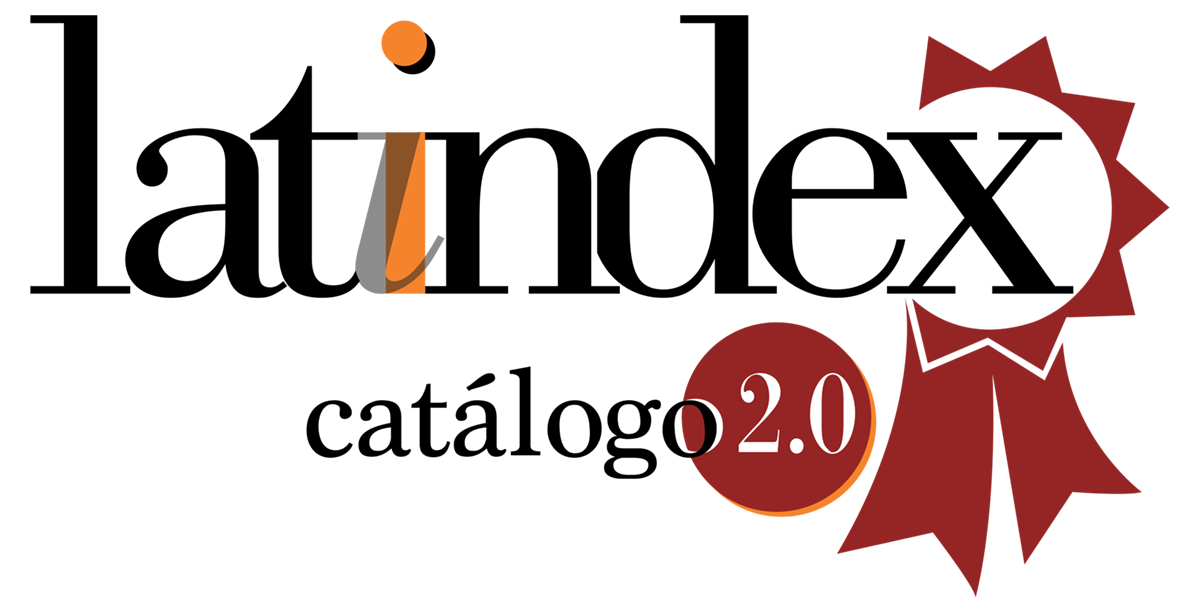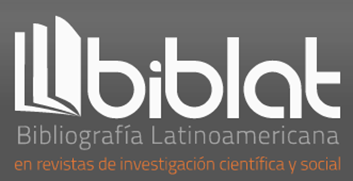Socioeconomic characterization of agro-livestock enterprises in the central Chaco. Year 2020
DOI:
https://doi.org/10.57201/IEUNA2313209Keywords:
rural development, rural economy, livestock, establishmentAbstract
The objective of this research is the socioeconomic characterization of
agricultural and livestock enterprises in the Central Chaco. The methodology used has a
quantitative approach, with a descriptive scope, applying the data collection instrument
to a total of ten agricultural producers. Its design is non-experimental quantitative. Fifty
percent of the owners belong to the Millennial generation. The academic formation with
the highest percentage (40%) among these is secondary school. Seventy percent are
family businesses. Of the farms studied, 80% are within the dimensions established to
be considered in the range of Peasant Family Farming, which is up to 500 hectares for
this region. The main activity is meat farming, exceeding 71% of the activity carried out.
Most of the Income comes from the sale of animals for meat, with a participation of 77%.
Downloads
References
BCP. (30 de Diciembre de 2022). PERSPECTIVAS DEL PIB 2023. Obtenido de Banco Central del Paraguay:
https://www.bcp.gov.py/userfiles/getFile.php?file=userfiles/files/Perspectivas%202023.pdf
Ferreira, M., & Fabricio, V. (2015). Agricultura y desarrollo en Paraguay. Asunción, Paraguay: AGR SA. Obtenido
de https://issuu.com/uniondegremiosdelaproduccion/docs/agricultura_y_desarrollo_web_25ene
Ortiz , C. (2017). Análisis técnico y económico de tres categorías bovinas en el Chaco Central. Asunción: FCA
UNA.
STP. (30 de Julio de 2018). DIAGNÓSTICO PARA EL ORDENAMIENTO TERRITORIAL DE PARAGUAY. Obtenido de
Secretaria Técnica de Planificación del Desarrollo Económico y Social: https://www.stp.gov.py/v1/wpcontent/uploads/2018/07/OTN-TDR1y2-P3-DIAG.pdf
Vázquez, F. (2013). Geografía Humana del Chaco Paraguayo. Asunción: ADEPO. Obtenido de
https://geografiadelparaguay.com/wp-content/uploads/2020/01/geografia-humana-del-chacoparaguayo.pdf
Ducos, M. M., & Ulloa, E. (2012). Empresa familiar agropecuaria. Buenos Aires, Argentina : Universidad de Buenos
Aires.
Calcaterra, G., & Rainaudo, H. A. (2014). La Empresa Familiar Agropecuaria. (EREEPAR, Ed.) Obtenido de
https://aulavirtual4.unl.edu.ar/pluginfile.php/7036/mod_folder/content/0/Empresa%20agraria%20famili
ar003.pdf?forcedownload=1
FAO. (1995). Programa del Censo Agropecuario Mundial 2000. Roma: Organización de las Naciones Unidas para
la Agricultura y la Alimentación. Obtenido de http://www.fao.org:
http://www.fao.org/fileadmin/templates/ess/ess_test_folder/World_Census_Agriculture/Publications/FA
O_SDS/SDS_5_Programa_del_Censo_Agropecuario_Mundial_2000.pdf
Aguirre Pérez, J. H. (2004). Administración y Control de Empresas Agropecuarias. Bogotá: Ecoe Ediciones.
Guerra, G. (1992). Manual de Administración de Empresas Agropecuarias. Costa Rica: IICA. Obtenido de
http://orton.catie.ac.cr/repdoc/A7386E/A7386E.PDF
Popescu, D. P. (2019). Preparando a los estudiantes para la generación Z: consideraciones sobre el currículo de
impresión 3D. Propósitos y Representaciones, 7(2), 240-254. Obtenido de
https://revistas.usil.edu.pe/index.php/pyr/article/view/280
Rodrigo, D. I. (2015). Metodologías participativas en la nube: la “g-Google” vs. La “Generación X” en la Web 2.0.
Complutense de Educación, 28(1), 223-237. doi:https://doi.org/10.5209/rev_RCED.2017.v28.n1.49245
Venter, E. (2016). Bridging the communication gap between Generation Y and the Baby Boomer generation.
Revista International Journal of Adolescence and Youth, 22(4), 247-507.
doi:https://doi.org/10.1080/02673843.2016.1267022
MIC. (05 de Marzo de 2020). Ministerio de Industria y Comercio. Obtenido de Sistema Nacional de MIPYMES:
https://www.mic.gov.py/mic/w/mic/pdf/PLAN%20ESTRAT%C3%89GICO%20DE%20MIPYMES%20201
-2023.pdf
Peris Castiglioni, C. A. (2020). Transformaciones sociales en las poblaciones indígenas y menonitas a través de
las inseguridades padecidas. Ciudad de Filadelfia, Boquerón – Paraguay, 2020. Revista de Investigaciones
y Estudios - UNA, 11(2), 31-42. doi:https://doi.org/10.47133/IEUNA2024
Santander Universidades. (27 de Enero de 2022). Ley de Pareto: la regla del 80/20 y el éxito empresarial.
Recuperado el 14 de Noviembre de 2022, de Santander Universidades: https://www.becas-
santander.com/es/blog/ley-de-pareto.html
Vázquez, F. (2005). Las reconfiguraciones territoriales el Chaco Paraguayo: entre espacio nacional y espacio
mundial. Revista Población y Desarrollo, 16(28), 68-82. Obtenido de
https://revistascientificas.una.py/index.php/RE/article/view/887/889
INE. (Diciembre de 2016). ATLAS DEMOGRÁFICO DEL PARAGUAY, 2012. Obtenido de Instituto Nacional de
Estadística: https://www.ine.gov.py/Publicaciones/Biblioteca/atlas-
demografico/Atlas%20Demografico%20del%20Paraguay,%202012.pdf
Ley 6286. (17 de Mayo de 2019). DE DEFENSA, RESTAURACION Y PROMOCION DE LA AGRICULTURA
FAMILIAR CAMPESINA;. Gaceta Oficial de la República del Paraguay (97 - 24-05-19). Asunción, Paraguay: Honorable Cámara de Diputados. Obtenido de
http://www.gacetaoficial.gov.py/index/detalle_publicacion/59379
Pérez, A., & Sili, M. (11 de Junio de 2007). Desarrollo Agrícola y Rural. Obtenido de ORGANIZACIÓN DE LAS
NACIONES UNIDAS PARA LA AGRICULTURA Y LA ALIMENTACIÓN:
https://www.fao.org/3/ak171s/ak171s00.pdf
Portal Boza, M., Feitó Madrigal, D., & Ramírez Angulo, N. (2018). Determinantes del financiamiento externo en
microempresas mexicanas. Espacios, 39(18), 13-20. Obtenido de
https://www.revistaespacios.com/a18v39n18/a18v39n18p13.pdf
Laino, L. D., Musálem, K., & Laino, R. (2017). Perspectivas para un Desarrollo Sustentable: Un Estudio de Caso
de Producción Ganadera en la Región del Chaco Paraguayo. Población y Desarrollo, 23(45), 95-106.
doi:https://doi.org/10.18004/pdfce/2076-054x/2017.023(45)095-106
Contreras Lévano, M. A., & Vargas Merino, J. A. (2021). Conceptualización y caracterización del
comportamiento del consumidor. Una perspectiva analítica generacional. ACADEMO, 8(1), 15-28.
doi:http://dx.doi.org/10.30545/academo.2021.ene-jun.2
Vera Oyarzún, M. B., & Moreira López, V. H. (2009). CARACTERIZACIÓN DE LA MICROEMPRESA AGRÍCOLA DEL
SUR DE CHILE. Revista IDESIA, 89-99. doi:http://dx.doi.org/10.4067/S0718-34292009000300011
Britez Chamorro, L., & Duarte Masi, S. (Julio de 2013). El proceso de innovación en empresas familiares de la Zona T del Paraguay (Hernandarias, Presidente Franco y Ciudad del Este) pertenecientes al rubro farmacéutico. Revista Internacional de Investigación en Ciencias Sociales, 9(1), 75-96. Recuperado el 07 de Febrero de 2017, de http://revistacientifica.uaa.edu.py/index.php/riics/article/view/144/141
Peña, A., & Ovelar, H. (2022). Caracterización socioeconómica de productores de la Compañía Cabañas de la ciudad de Caacupé. Revista Interfaz, 72-81. Obtenido de https://revistascientificas.una.py/index.php/ITZ/article/view/2699
Published
How to Cite
Issue
Section
License
Copyright (c) 2023 Angel Ramón Peña Cardozo; Adán Ariel Oporto Giménez, Hugo Miguel Ovelar Benítez (Autor/a)

This work is licensed under a Creative Commons Attribution 4.0 International License.

















